Could you introduce yourself to the reader?
My name is Tanvi Ranjan and I am a textile artist. I was born and brought up in India where I studied Fashion Design and Knitwear Technology, after which I moved to London in 2021 to pursue a Masters in Fine Art at Kingston University. I am also the current artist for Creative Youth’s Creative Talent Programme for the year 2022/23
How would you describe your work to anyone unfamiliar with it?
My work makes visible methods and intricacies of textile production while exploring the relationship between human and machines, considering the fact that the invention of first generation computers (which used punched tapes) were inspired by the ones used in jacquard looms. I often work with patterns and repetitions to reveal the algorithmic functioning of the digital. At the same time, I take a feminist approach to unfold this intersection by identifying notable women who have played a significant role in sculpting the digital era and information age. Although I include several other mediums in my work, beyond fibres and textiles, I would still consider myself a textile artist as it lies at the foundation of all that I create.
You explore the human-machine relationship and the role of women in the digital information age. What interests you about that intersection?
In the Western context, if we map the history of change in the status of women and the advancement of machines, specifically their computerisation and digitalisation, we would find the two timelines almost at parallels, as if these machines were a liberating tool for women. Weaving or knitting as a craft is still dominantly practiced by women, and thus explains their long-established interaction with patterns and systems that now underline the algorithms of data, information and even artificial intelligence. The more I understand technology, the more I identify elements from textiles that constantly knit this dense network of digital information.
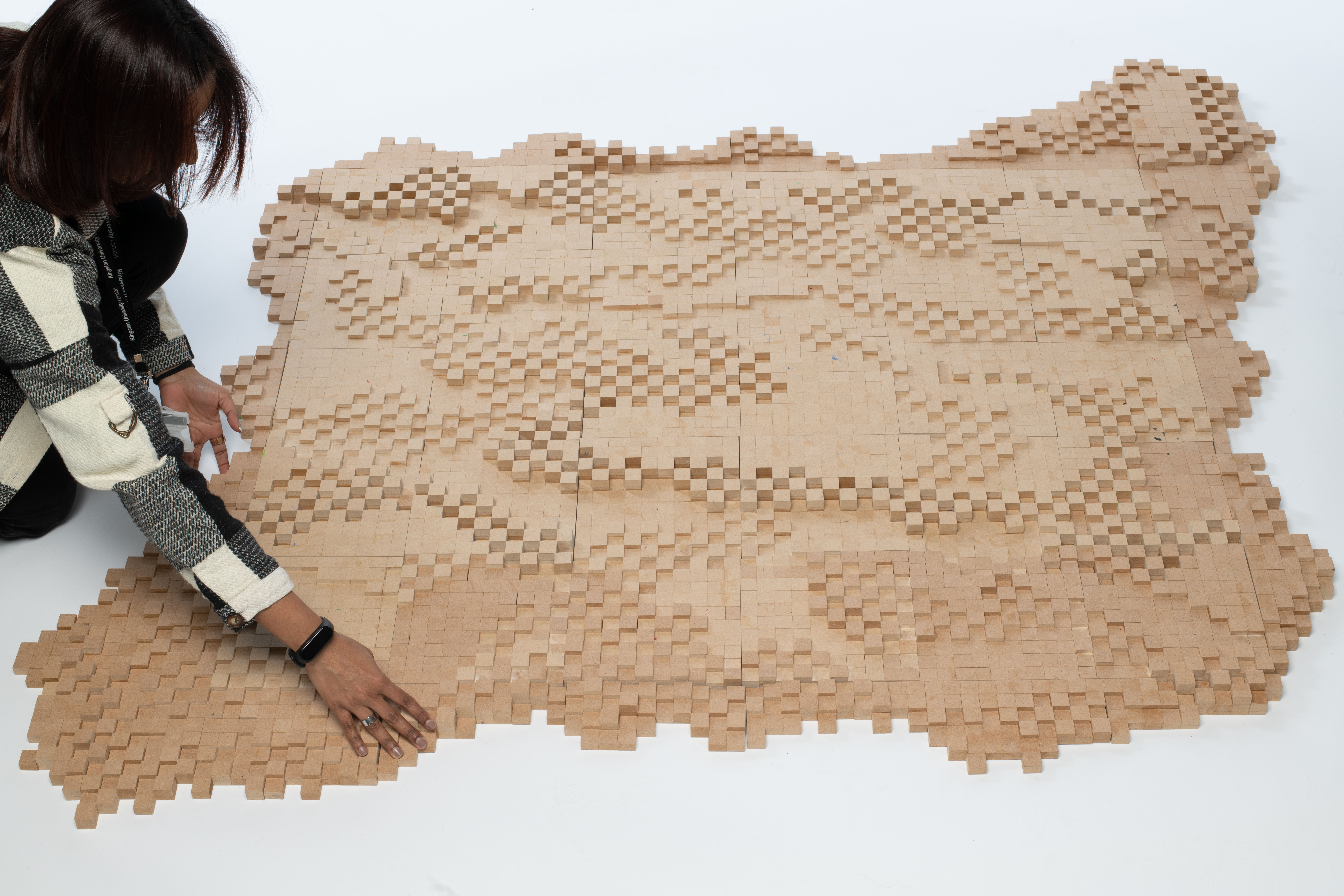 What do you think will be some of the future trends we see in technology and art – and do you think they’ll be a positive or negative for the industry?
What do you think will be some of the future trends we see in technology and art – and do you think they’ll be a positive or negative for the industry?
Contemporary artists are already, directly or indirectly, using modern technology in their artworks, whether it be artificial intelligence or smart devices. It has definitely improved our understanding of the human-machine interaction. However, it is equally important to consider its materiality rather than being enchanted by it. Whether it impacts the industry positively or negatively will depend on how we, as individuals, handle this wonderful tool that is capable of both creation and destruction.
Have you previously participated in any development or mentorship programs, and if so, what impact did they have?
It’s been just over a year since I moved to London. But back in India I wasn’t exposed to any dedicated mentorship programme for skill development. So, I sought help from my family, teachers, professors, managers and anyone who I felt had any sort of experience or advice to share that could boost my professional growth. It’s good to know that such programmes are promoted here as I feel it gives us a direction to steer our career.
How has your background, upbringing and education had an impact on your artistic career?
I come from a small industrial town in India and grew up in a community that was solely built around the steel industry. I was intrigued by the urban settlements when I moved to bigger cities for higher education and then for work. After I studied fashion and started working in a manufacturing house, I found my involvement with knitting machines and factories much stronger than designing garments. That was when I realised that the interest in industrial labour stayed with me even after moving out of my hometown and now I see its reflection in my art practice too. It is almost as if I try to reimagine things in a language that textiles would speak as they come into life through the process of manufacturing.
How important is the kind of support provided by Creative Youth?
I think it is very important, especially at this phase when I am due to complete my postgraduate degree next year and will be looking for career opportunities outside the institution. And as I mentioned before, this is my first time stepping out of India, and getting familiar with a different system can be overwhelming at times. In that sense, Creative Youth is not only providing me financial support and mentorship but it also makes me feel welcomed in the country. This is my second time working with them and they have been very approachable every time I needed any kind of support.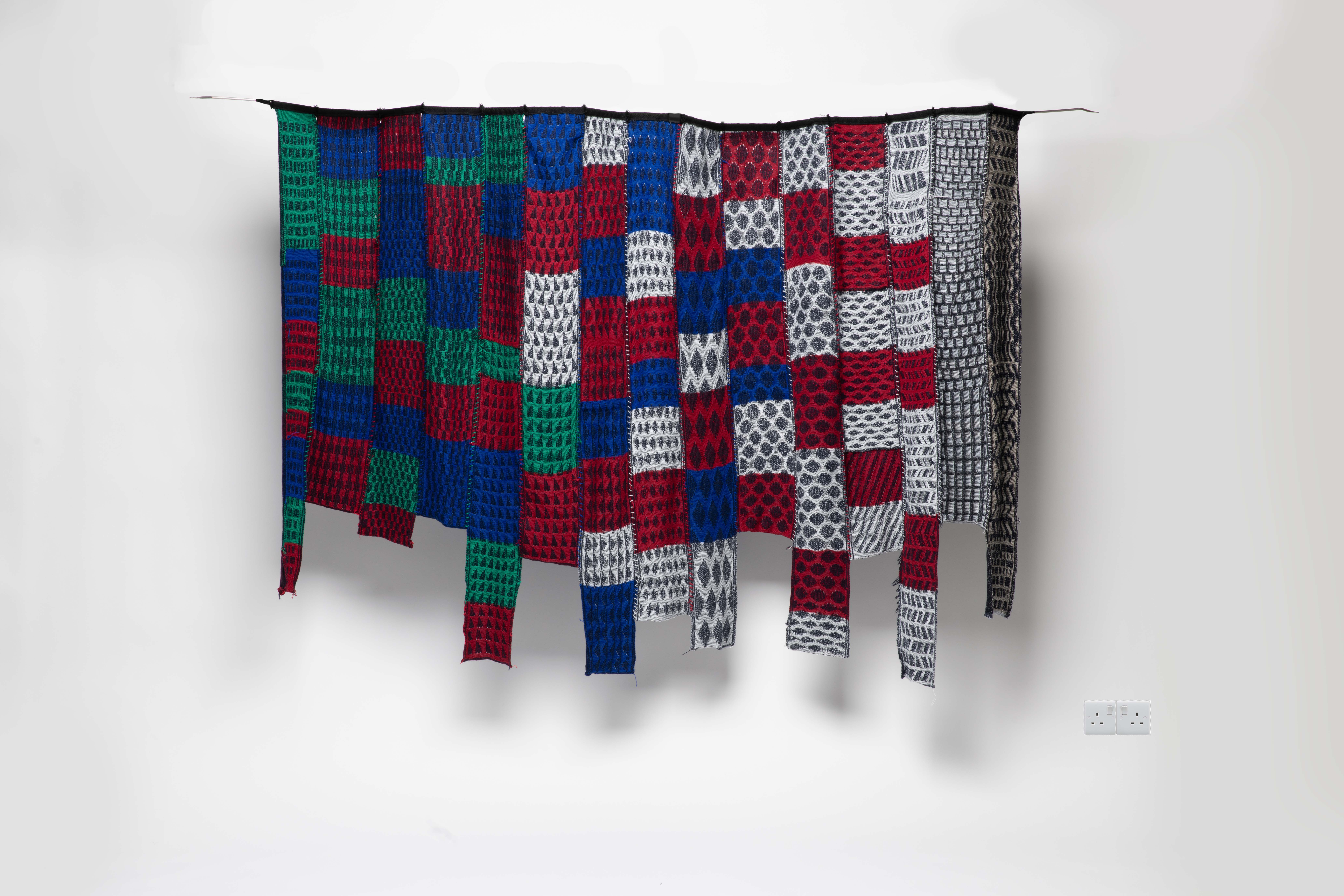
What part of the Creative Talent Programme are you most looking forward to having access to and why?
I am most keen about their mentorship programme as it will help refine my practice as an artist and also provide me with useful resources that support my research, coming from someone involved directly in the industry.
If you’re able to say currently, what are your plans for the work you are going to create during your time with the programme?
I do not have a very clear plan of the project at this stage as I will allow myself to improvise it as I start working on it. But broadly, I am planning to create a variety of works including film, tapestries, sculpture and performance that speak about the post-industrial scene and its impact on the manufacturing sector, India being one of the major textile manufacturers and exports. I will be working collaboratively with textile industries in the UK and India to uncover histories of trade between the two countries.
Do you have any plans for after you’ve finished the programme/your career moving onwards?
I will complete this programme and my Masters around the same time next year, after which I am hoping to stay for a couple of years in the UK and be involved in the contemporary art scene here by exhibiting my work within various discourses or working in an art institution which can help me understand the industry better. In that time, I hope to build networks and identify institutions within and outside of the UK where I can exhibit.
Where can people find out more about your work?
I am in the process of developing a website to showcase all my work and also include parts of my broader interests. But for the time being, people can visit my Instagram profile (@_tanviranjan_) to know more about my work.

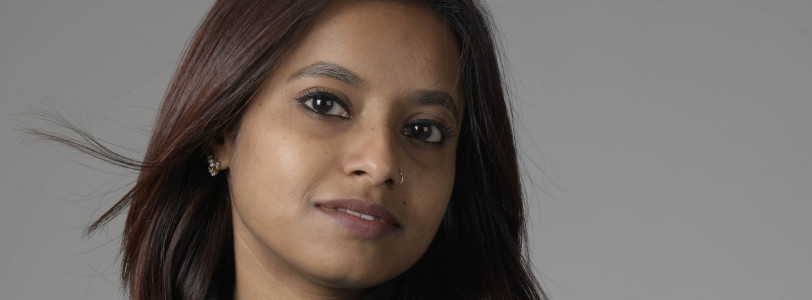
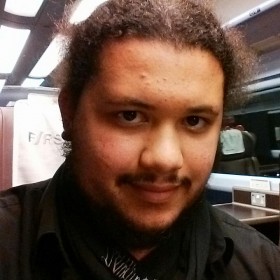
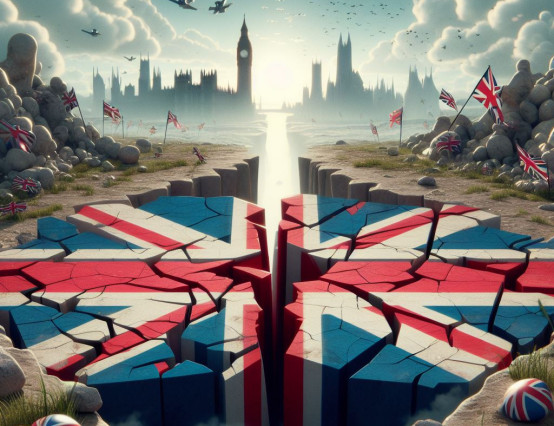
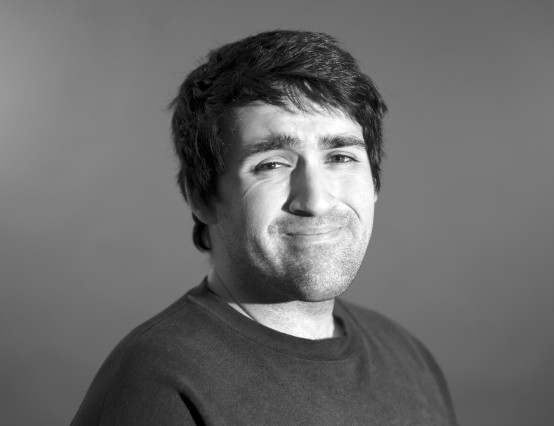
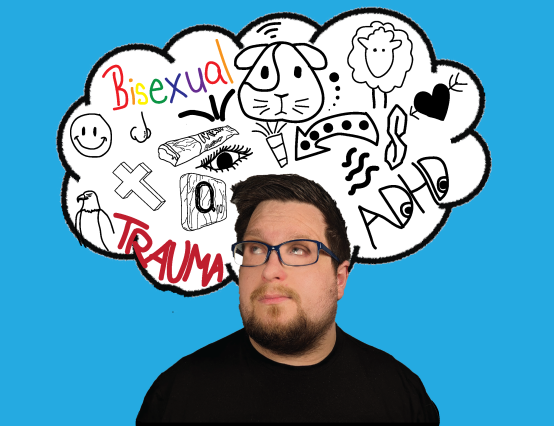


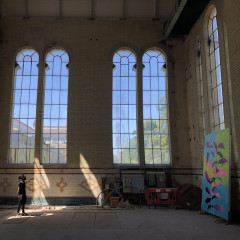
0 Comments